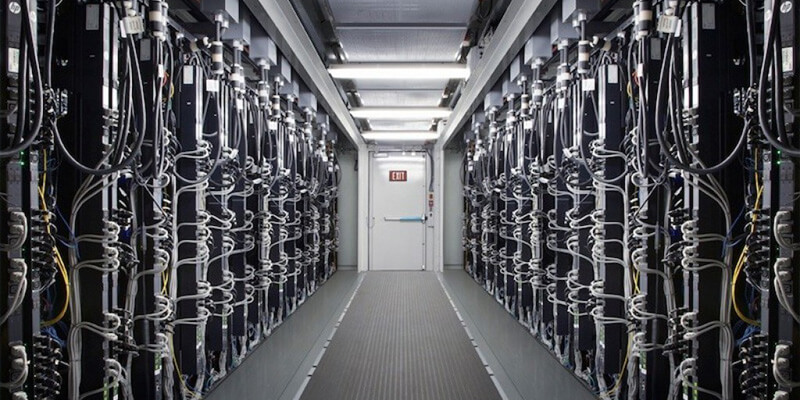There is a good chance that you’d like to see your business survive any disaster as well as any problems that follow. Our reliance in technology today means we can not afford downtime – we rely too heavily on it.
Forty percent of businesses do not reopen after a disaster and another twenty-five percent fail within one year according to the Federal Emergency Management Agency (FEMA). Similar statistics from the United States Small Business Administration indicate that over ninety percent of businesses fail within two years after being struck by a disaster.
Disasters come in all shapes and sizes – from natural catastrophes to simple power outages. It is almost impossible to predict the next disaster, but it is possible to prepare for it. To reduce downtime and mitigate the negative impact a disaster can create, every company should have a secondary site with a full copy of the production environment. In the case of a natural or human-induced disaster or a failure of the IT environment – when your production is partly or fully not available – you can quickly switch to the secondary site and continue business as usual.
However, small and mid-sized organisations can’t afford a secondary data centre, let alone the experienced IT staff to manage it. This is why the Disaster Recovery-as-a-Service (DRaaS) market has evolved so quickly.
There are a lot of DRaaS definitions. The majority of them describe DRaaS as a replication of physical or virtual machines (VMs), from a production data centre to a recovery site that will provide failover capabilities in the event of a problem of any size. Whilst the definitions may vary, the core benefits remain the same:
- Fast recovery
Downtime is not acceptable. Fast and successful recovery is one of the most important metrics today. The faster you can continue operations, the greater the chance of recovery. - Cost effectiveness
DRaaS removes the necessity of investing in additional infrastructure. Companies can rent an allocation of CPU, RAM, storage and other resources as they are needed. It is now a much more affordable operational expense, enabling you to focus capital investment on growing your business instead of running it. - Security
Privacy, security, data sovereignty and service level agreements you can secure with a DRaaS provider are often better than you can implement and maintain internally. The provider should be compliant with all relevant regulatory bodies, and your data should adhere to local privacy and data sovereignty guidelines.
Today, small and mid-sized organisations can mitigate the risks and save money on flexible subscription-based DRaaS. Big enterprise companies also find many benefits from outsourcing their disaster recovery services to a third party, primarily to avoid the high costs of supporting secondary sites and complexity issues.
Why DRaaS from blueAPACHE?
- Expertise
blueAPACHE delivers DRaaS solutions for some of the most tightly regulated industries in Australia. We understand it, we design it, and we manage it. We own the DRaaS infrastructure, ensuring we have 100% level of influence over the services we provide. - Extensive Portfolio
We listen and provide simple replication for those that need it, or more complex solutions with custom Recovery Time Objective (RTO) and Recovery Point Objectives (RPO) for those needing comprehensive solutions (or are bound by industry compliance requirements). We utilise private cloud, on-premises and public cloud solutions to marry your business and governance requirements. - Reassurance
We test frequently – having a Disaster Recovery programme is one thing, ensuring that it works is another thing entirely. We schedule regular testing for all clients to ensure their tailored DRaaS works exactly as expected to deliver piece of mind. We back this up with dynamic redundancy across our data centre network. - Data Sovereignty
Our Private Cloud servers are located solely in Australia, meaning we can guarantee your data remains local. Data sovereignty (and privacy compliance) are key factors when considering your DRaaS provider.
To learn more on DRaaS or to discuss ways we can help improve your risk profile, contact the blueAPACHE Cloud team.

